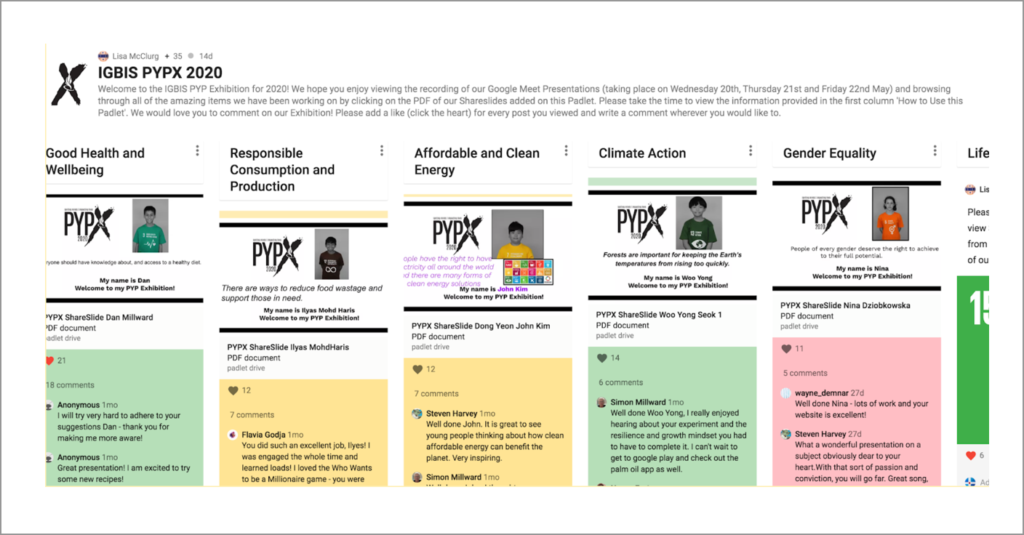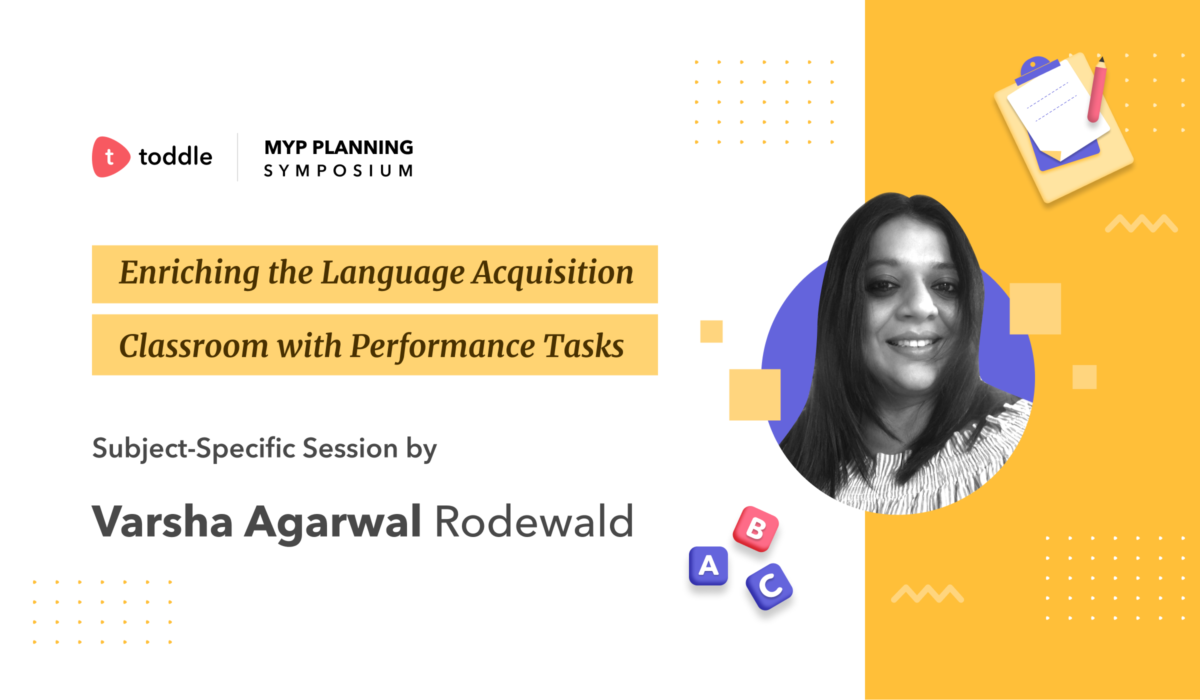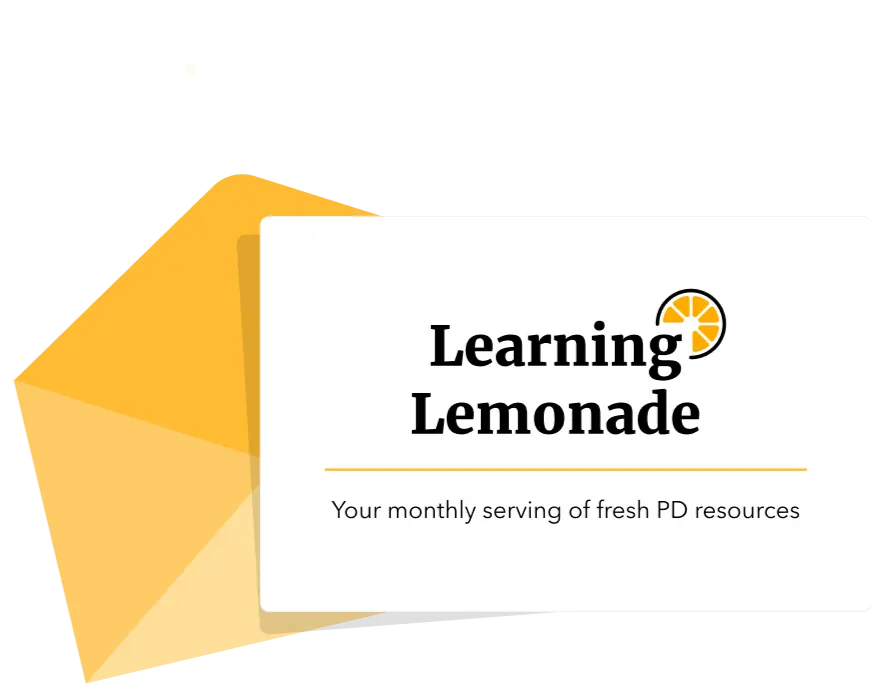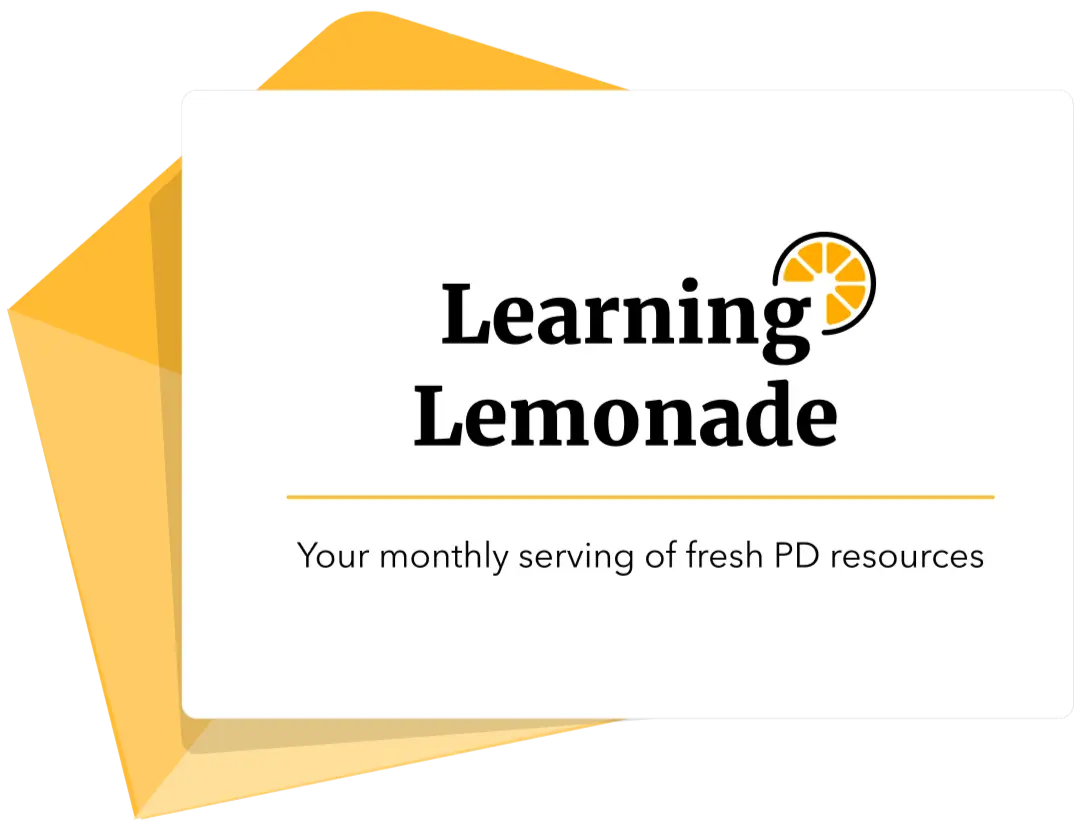Blended Learning for Voice, Choice and Ownership in IB PYP
How did we get here?
To truly engage in and understand the potential of blended learning, one has to unpack and reflect on how we got here in the first place.
The first half of 2020 pulled the carpet from under the feet of the whole world, however, it also offered time, space and an opportunity like no other ever before. Learning communities, families, schools, teachers and children were thrown into the most important inquiry of this century.
How do we best learn when we cannot go to school? What is the role of the teacher? How to be a life-long learner?
All of these questions arose as we went into campus closure, between February and June 2020.
As I write this, some schools continue in campus closure supported by distance learning (e.g. The Philippines), some have reopened with social distancing rules and regulations in place (e.g. China) and some schools have gone on a well deserved holiday with their pedagogical leaders and teachers involved in re-imagining the classrooms for the ‘new normal’.
This August and September will not see schools open their campuses and continue with “business as usual’. Our collective experiences, inquiries and reflections have made us realize that we need to rewrite the educational paradigm and seek solutions that harness the best of both worlds.
This blog post aims to highlight the key elements of the process learning communities need to go through to capture and fully utilize the best elements of ‘brick and mortar’ and ‘remote learning’. We will identify these tools, strategies and processes in order to engage, extend and amplify our learner’s voice, choice and ownership.
What is blended learning and what it is not
To understand what blended learning is, one needs to understand what it is not.
Blended learning is NOT technological enriched instruction. For those of you familiar with the SAMR model – blended learning does not happen when we substitute, augment or modify our traditional, classroom-based teaching and learning practices with technology. Blended learning does not happen when children use technology to do the class work at the same place, pace and time and experience traditional instruction “enhanced” by the use of technology.
Blended learning is a process and programme within which students experience learning onsite and online with elements of their control over time, place, path and pace of their learning process. Blended learning captures the most effective modalities and modes of learning from ‘brick and mortar’ and ‘remote learning’ experiences to create a personalized and integrated learning experience for all students.
Connecting to the known
So how do we know what works best?
First of all, we have to acknowledge that one size does not fit all and every school and learning community has its own unique context and culture. It is essential to tune into that context and culture and get to know the learning styles and traits of our learning community.
To engage in that reflection you may want to use a Cherish-Change-Chuck protocol (one of my favourite takeaways from ToddleTIES conference). In my role as a PYP coordinator, I spent the last week of school meeting with every grade level team and reflecting on the elements of practice they cherished (both in school and remote setting). We honed in on the practices that needed changing and improving and the ones we felt we needed to chuck – as they were obsolete or had very little purpose.

Your model of blended learning needs to meet the needs of all the learners in your community – students, teachers, parents and administrators. Having done collective and collaborative reflection you will be able to see what the needs and preferences of your learners are and meet them in a culturally responsive, inclusive and equitable way.
Do your research!
If you feel like the format of this article is starting to remind you of an inquiry process you are right! There is no better testimony to this approach and learning mindset than using it in all areas of your school life.
We have spoken about the importance of tuning in and empathizing with our learning community – now it’s time to do our research – research into blended learning.
If you type in ‘blended learning’ into Google search you will be met with 123 million (to be exact) links and references. So let me share with you some of the findings from the research I did when I originally looked into blended learning for the needs of my community.
According to Clayton-Christensen Research Institute in Silicon Valley, there are 7 key models of blended learning and instruction. Each of the models is based on varying access to technology, rations of online and onsite time and different levels of student agency, however, all of them highlight student choice over the pathway and pace of learning.
Station Rotation allows the students to move between the stations (in the classroom) where at least one of the learning experiences is an online one.
Lab Rotation is similar to the station rotation explained above, however, the rotation and movement do not happen in the homeroom but across multiple classrooms with online learning being facilitated in the computer lab (if the school has one to be utilized).
Individual Rotation supports the children in working based on an individual schedule aka ‘playlist’ that is created (negotiated) together with the teacher and allows the student to move between online and school-based activities and projects.
Flipped Classroom has been a model widely recognized by a lot of middle schools and high schools as it helps communities better use their classroom-based time. In this model, most of course/content and research into new information and concepts happens online/remotely with students spending time in school (supported by their teachers) on projects that activate their new knowledge and conceptual understandings.
Flex model is a true celebration of agency and self-directed learning. It allows students to move in open and flexible schedules between the core elements of the curriculum provided by the teachers online and working through projects and self-initiated inquiries supported by the teachers when needed.
A la Carte is very often used in the Diploma Programme to compliment curriculum options requested by students but not necessarily available at the school of choice. Children and schools may choose to use online courses to give children a wider range of electives or language choices.
Enriched Virtual programme is a full-time alternative to traditional schooling where the majority of the learning and curriculum is provided online and with remote learning options and children are required to come to school once or twice a week.
As you can see there are a number of models and as a school or as an individual educator you may choose to blend elements from the different models to create one that best fits the needs of your learning community. It is important to be mindful of linguistic and cultural background, access to technology, and the health and wellbeing of learners.
How do students learn best?
Ok, it’s time to acknowledge there is a lot to consider and many options available. How to not lose track of our priorities, what can help us stay true to our best PYP practice? Let’s sort it out!
Every learner needs their tools, their learning powers or their learning dispositions – in PYP every learner needs their indispensable toolbox of Approaches to Learning Skills. Communication, research, thinking, self- management, and social skills give children the foundation for life-long learning.
Recognizing these skills in the blended learning model is equally important as it is in the regular PYP classroom.During distance learning, we at IGBIS built their choice boards, reflections routines, projects and activities prompts all around the ATLs to make sure that children’s learning was purposeful, intentional and challenging. Engaging children in IB ATL based learning experiences boosted their confidence and learning ‘powers’ for when they were involved in their student-initiated inquiries and projects.

Toddle’s collection of diverse IB ATL challenges to build the IB Approaches to Learning at home gives you a range of activities to pick from! Toddle Community too has authentic home learning experience collections on the Approaches to Learning that you could easily use in your unit plans on Toddle and also assign directly to your students!
Choice. Voice. Ownership
Another element of PYP best practice that can be amplified by blended learning is Learner Agency – that is students having a range of choices of what, how, and when to learn. This includes being able to express themselves – their ideas, opinions and reflections and own and negotiate the learning process, resources and protocols with other learners and teachers.
Using a range of learning platforms and tools, schools and teachers can decide how best to present and share the choices with their learners depending on their ages.
Choice boards, playlists, collections and other formats of sharing learning experiences can be posted to online classrooms, embedded in digital student portfolios or class sites/blogs. The less channels of communication and platforms, the better. Yes, you read that correctly – less is more.
Being intentional with WHY we post, HOW we post and WHERE we post is as important as WHAT we post. With choice offered both in the classroom and remotely, student VOICE will be heard and present in both areas. As a community, you need to make decisions about how to capture children’s voice, make it shareable and amplified. It can be done through visible thinking routines (online and onsite), sharing and reflection protocols (essential agreements) in the children’s digital portfolios or building routines around communication and reflection (morning meetings, afternoon reflection rounds, exit slips – can be done in both online and classroom settings).

Making Learning Visible, Shareable and Amplified.
Ownership of learning arrives last when we speak of learner agency and its place within blended learning. However, it requires the most preparation, scaffolding and resilience both from the teachers and learners.
In order to engage children in a dialogue about their learning process and not only HOW and WHEN but also WHAT they want to learn – teachers need to be ready to let go of their ultimate control of the curriculum. Just like the balancing acts where you see circus line walkers appearing to do something risky and carefree, the “letting go” and engaging in negotiation over WHAT, HOW and WHY we are learning takes hours of “behind the scenes” practice and knowledgeability. For teachers to be able to open themselves up to these conversations there needs to be a level of confidence and comfort with one’s knowledge of the curriculum, conceptual understanding and learning opportunities available.
How do we make sure our learners act as equal partners in these conversations?
First of all, we need to make sure that thinking and learning (inquiry) in our classrooms (both online and onsite) are visible. We can do it by employing a variety of visible thinking routines.
Secondly, we need to build our children’s accountability and communication skills by making their learning sharable – giving them skills not only to consume but most importantly to create and curate information, ideas and content.
Third, show your learners that their voice, choice and ownership of learning are recognized and valued – by amplifying it in the classroom, school community and the global audience. Trust me, having seen our children go through the PYP Exhibitions over the last 13 years, nothing elevates engagement in the process and creativity in content like the knowledge that you have a 1000+ audience watching and listening.
Making children’s thinking and learning visible, sharable and amplified is also called documenting as learning and if you are curious to explore it in more depth (it is so worth it!) I would recommend looking up the resources, blogs, and book by Silvia Tolisano who explores 21st-century literacy and documenting as learning in great detail (langwitches.org). Documenting as learning highlights the learning process to both the learner and the teacher and provides multiple opportunities for assessment as children and teachers together decide on making their learning and teaching journey visible to the community.

Tips and Hacks – Process Trumps Tool.
With a variety of processes, tools and strategies mentioned in this post I am very much aware that it is easy to get overwhelmed and long for the day of “business as usual”. To make blended learning less daunting and think of pursuing it in your community, here are the top 5 tips to help you along the way.
- Less is more (cherish-change-chuck).
- Know your community and their needs – one size doesn’t fit all.
- Be intentional and purposeful (why/how/what).
- Make your learning – visible, shareable and amplified – document as learning. Be courageous and kind.
Reflecting on learning.
I hope that this blog post gave you an overview of the possibilities that lie within blended learning. In order to take you to elevate your learning from thinking I would like to encourage you to reflect on the following:
- Takeaways from this blog post and the connected Toddle Talk webinar below, that you would like to try in your setting.
- Things that challenge your thinking and you will continue to inquire into.
- Action that you will do immediately after reading this post and watching the Toddle Talk.
Watch Aga deep-dive into Blended Learning here.












